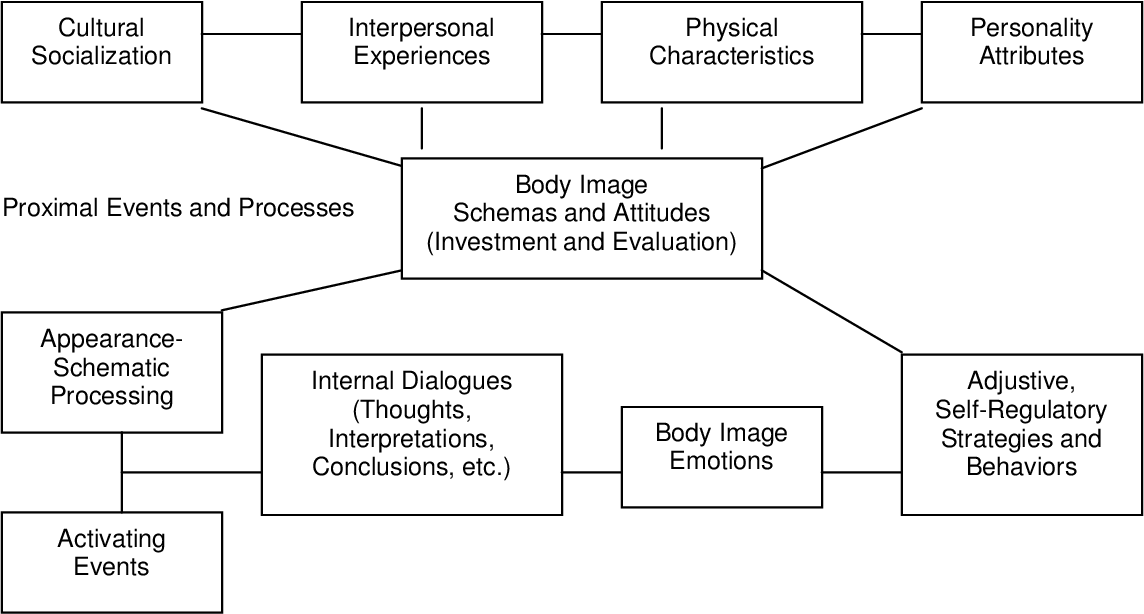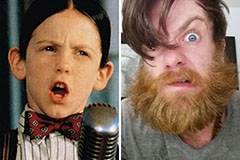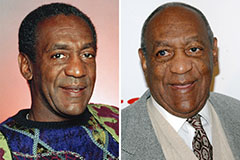If you’re researching how body analysis can help you understand people better, you’re in the right place.
This article will show you how the body explains not only movement patterns but also unconscious reactions.
Keep reading to discover why body analysis matters. By the end, you’ll know how to avoid common mistakes when reading body language.
Why Learn Behavioral Body Analysis
Body analysis gives you an extra layer of understanding, helping in professional settings.
Even HR managers and recruiters can use body analysis in team assessments, gaining deeper insights into candidate personalities.
Ultimately, reading body language empowers you to communicate effectively.

Different Approaches to Body Analysis
Another approach looks at body proportions, connecting physical characteristics with psychological tendencies.
In some therapeutic settings, body analysis is combined with touch or movement therapy, helping clients release physical tensions linked to emotional trauma.
Learning diverse approaches also helps you avoid bias by relying on multiple signals instead of a single interpretation.

How to Apply Body Analysis
These small signals may indicate defensiveness, offering clues beyond their spoken words.
In professional settings, character reading helps build rapport and improve communication. Sales professionals may observe a client’s facial tension to gauge interest or resistance.
Practicing behavioral body analysis also helps in personal relationships. By paying attention to loved ones’ posture shifts, you may notice stress or emotional needs earlier.
Misconceptions in Body Analysis
For example, crossed arms might signal defensiveness, but could also mean someone is simply cold or tired.
Ethical practitioners of body analysis know it’s about observation, not judgment or labeling.
Anyone interacting with people can apply these insights to foster trust, empathy, and connection.
Understanding “The Body Explains” Method
According to this model, fat distribution may point to unconscious defenses.
For example, tight jaw might symbolize assertiveness.
By learning how the body holds stories, individuals gain insight into their behavior and relationships.
Ethical Considerations in Body Analysis
Ethical practitioners use behavioral insights to support communication, not control or manipulate.
Practitioners need cultural humility and awareness to avoid imposing biased interpretations.
When sharing insights from behavioral observation, it’s crucial to invite dialogue rather than declare facts.
Building Competence in Behavioral Body Reading
Building body reading skills takes practice, patience, and observation. Start by watching people in different settings, noticing facial expressions.
Practicing with peers or mentors can offer feedback to avoid overinterpretation or assumption.
As you develop body analysis skills, aim to balance observation and empathy.

Conclusion: Is Body Analysis Right for You?
From observing muscle tension to linking body structure with personality, this skill enriches both personal and professional life.
Each pathway invites us to notice the wisdom carried in our bodies and how it shapes interactions.
If you’re ready to dive deeper, consider attending workshops.
Frequently Asked Questions About Behavioral Body Analysis
How do you define body analysis?
Body analysis is the practice of observing physical traits, posture, gestures, and movements to gain insights into personality, emotions, and behavioral patterns.
Can anyone learn body reading?
Like any skill, body analysis improves with experience, study, and reflection over time.
Is body analysis 100% accurate?
No single gesture or trait offers complete truth; ethical practice involves humility and openness to complexity.
Is body analysis useful for work?
Many industries benefit from understanding nonverbal cues for better collaboration and empathy.
What’s the difference between body analysis and body language reading?
Body analysis often includes interpreting physical structure, traits, and muscular development, while body language reading focuses more on gestures and movements.
Como é o corpo do Esquizoide?
 Emilio Estevez Then & Now!
Emilio Estevez Then & Now! Spencer Elden Then & Now!
Spencer Elden Then & Now! Bug Hall Then & Now!
Bug Hall Then & Now! Keshia Knight Pulliam Then & Now!
Keshia Knight Pulliam Then & Now! Bill Cosby Then & Now!
Bill Cosby Then & Now!